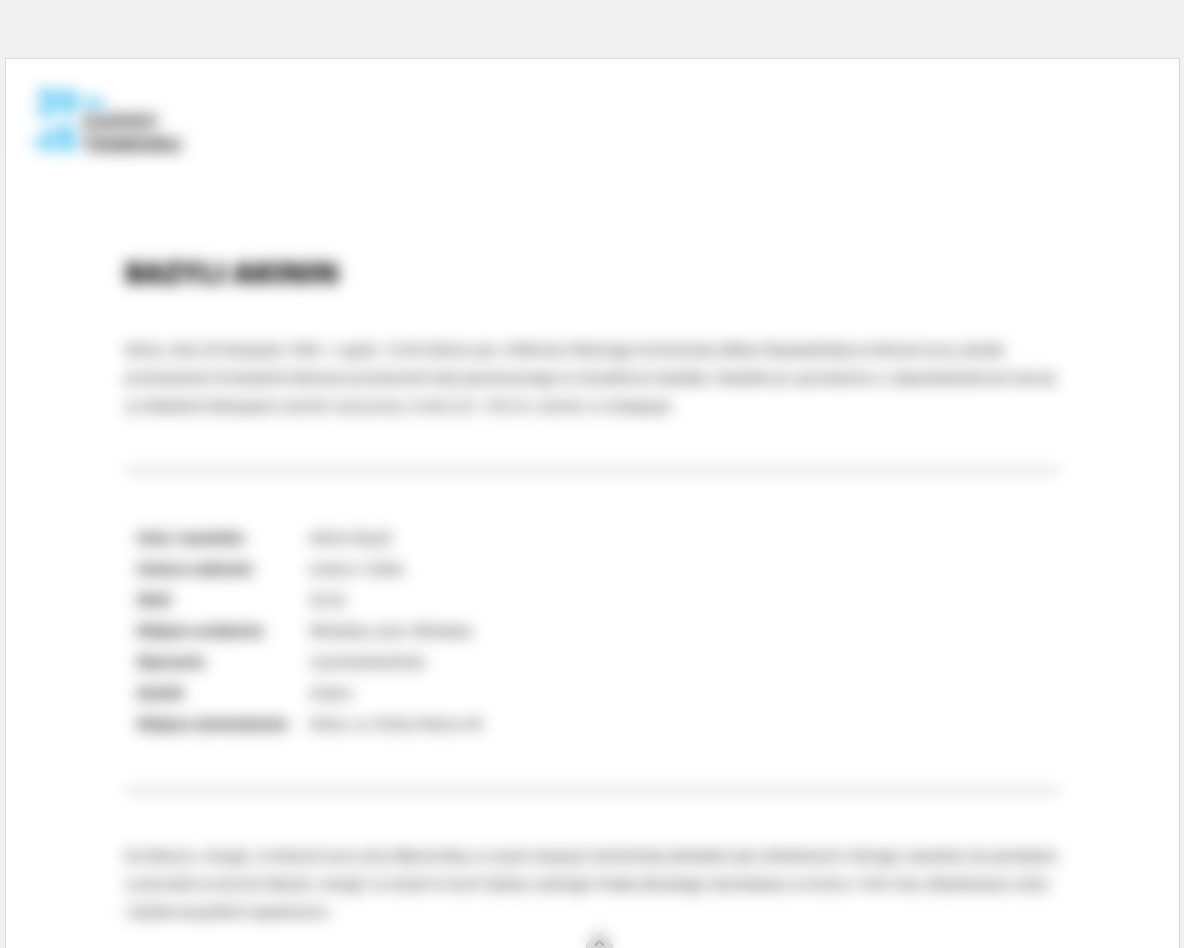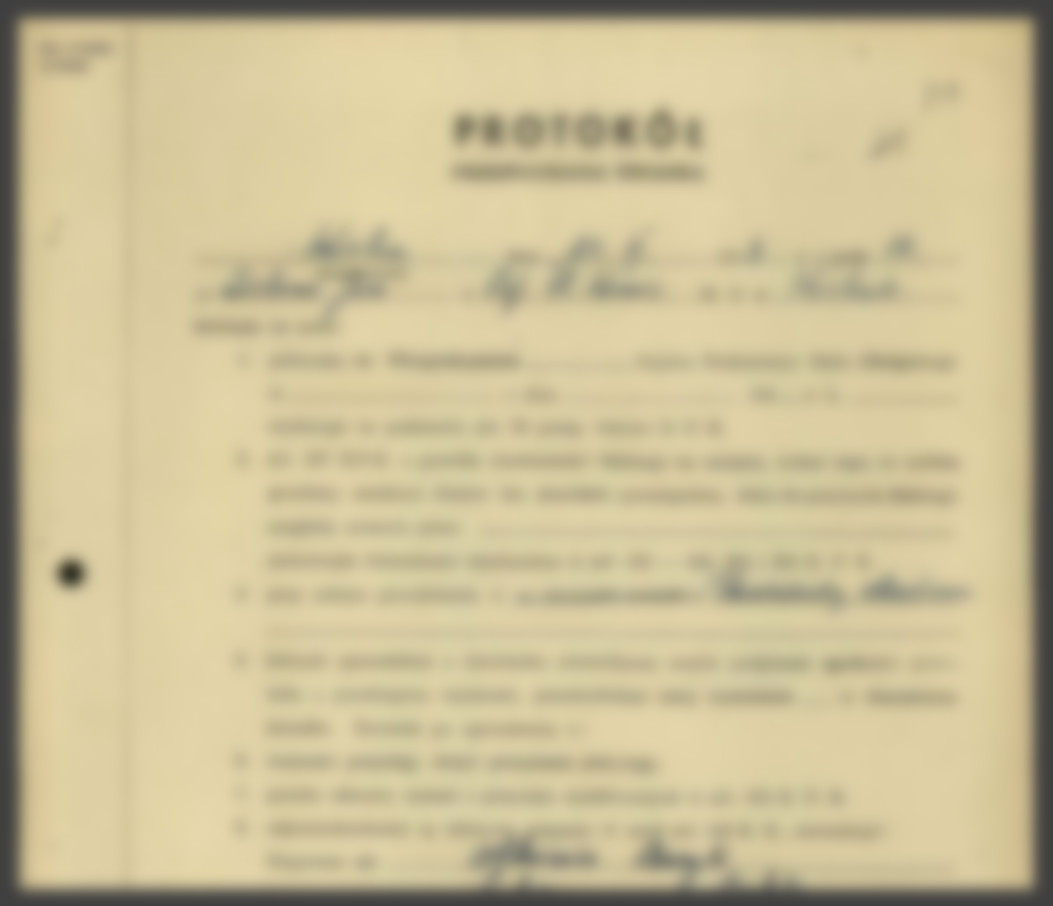Borders loading in progress...
Legend
 Testimony location
Testimony location
 Another testimonies locations
Another testimonies locations
 Zoom in to see more testimonies
Zoom in to see more testimonies


 Testimony location
Testimony location
 Another testimonies locations
Another testimonies locations
 Zoom in to see more testimonies
Zoom in to see more testimonies


 Report errors
Report errorsPlease describe in a few sentences the problem observed in connection with the object (max. 240 characters):
